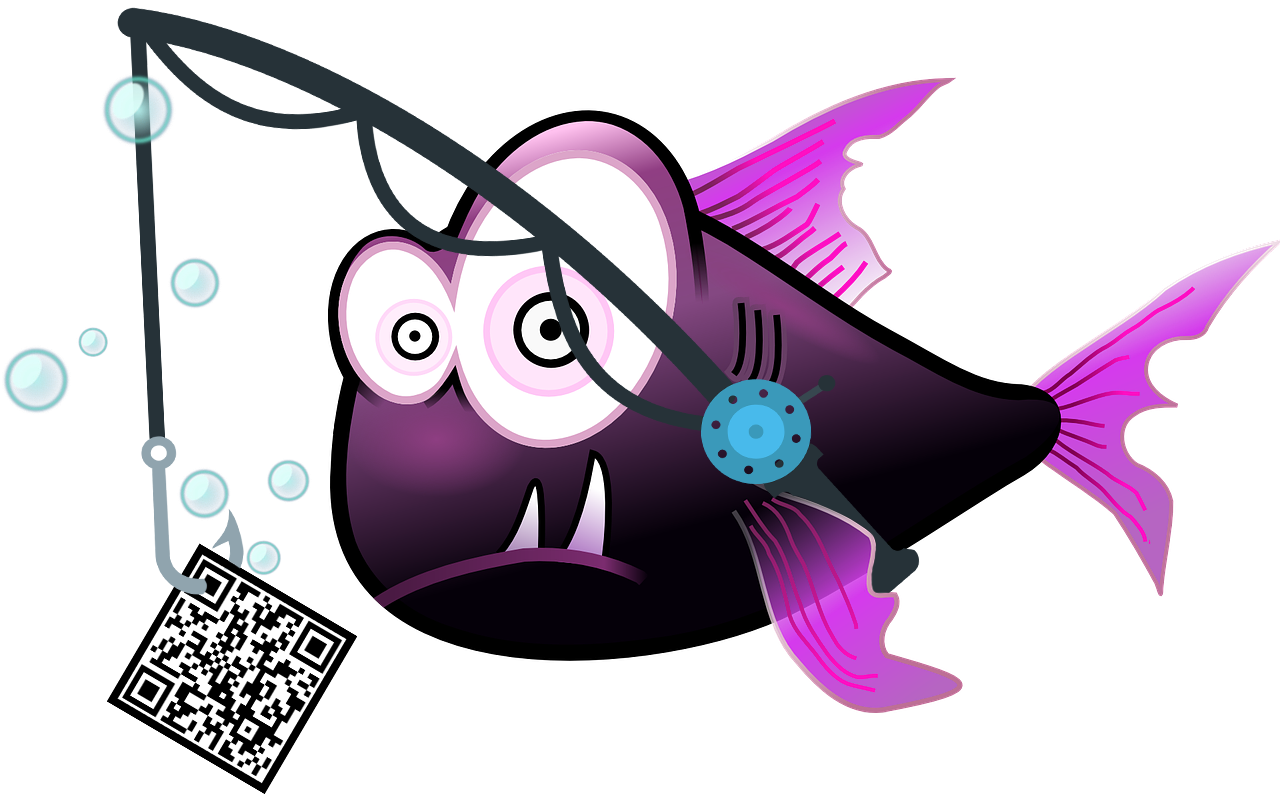Can’t say it enough…be careful what you click on! Phishing are typically emails or text message links, but there are types that can include phone calls and now, QR codes. Links with attachments that can lead you to ‘look a like’ sites that are intent on stealing your personal information or information about your private accounts. These links or attachments may also download malware or ransomware onto your device or network. Cybercriminals attempt to lure users to click on a link or open an attachment that infects their computers, creating vulnerabilities for criminals to use to attack. Phishing emails may appear to come from a real financial institution, e-commerce site, government agency, or any other service, business, or individual. The email may also request personal information such as account numbers, passwords, or Social Security numbers. When users respond with the information or click on a link, attackers use it to access users’ accounts.
The increase in phishing attacks is a threat to all organizations. It’s important to know what to look for and how to protect yourself and your organization.











